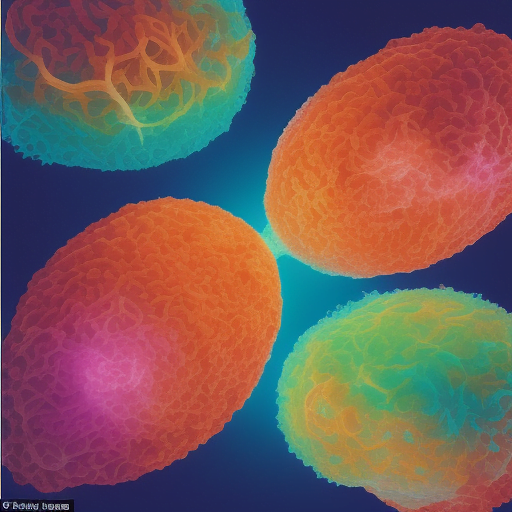
Unearthing a Genetic Shield Against Neurodegeneration: The Potential of the DR4 Allele
Unsung heroes always exist everywhere: in movies, in books, and even within our genes. One such hero, with immense potential for defending our brain, is an allele known as DR4. It portends an intriguing intersection between genetics and neurodegenerative diseases, including Alzheimer’s and Parkinson’s. The findings of a recent international study are shining a new light on the role of this genetic factor, highlighting an intriguing link with a protein, Tau, which has been previously implicated in these conditions. Therefore, the implications for fitness, health, longevity, and the potential of targeted interventions are far-reaching.
The Bottom Line: DR4, a version of a gene found in around one-fifth of people, shows promising protective effects against Alzheimer’s and Parkinson’s diseases, potentially paving the way for vaccine developments that could halt or slow these common neurodegenerative conditions.
Decoding The Hidden Power of DR4
In the extensive investigation, the presence of the DR4 allele was linked to a more than 10% average reduction in the probability of individuals developing either Alzheimer’s or Parkinson’s diseases. Intriguingly, DR4 carriers exhibited fewer neurofibrillary tangles – protein formations associated with the severity of Alzheimer’s – compared to their non-DR4 counterparts. These findings suggest that the notorious Tau protein, known for its damaging accumulation in Alzheimer’s brains, may also play an undiscovered role in Parkinson’s development.
Unfolding the Intricate Genetics-Immune System Relationship
The DR4 allele is part of a wider gene complex known as the human lymphocyte antigen complex (HLA), vital for the interaction between cells and the immune system. The proteins produced by the HLA genes effectively act as display windows, revealing the cell’s inner contents to immune cells, thereby stimulating immune responses if required.
It’s within this complex genetic-immune system dialogue that the protective power of DR4 potentially lies. It is suspected the DR4 allele binds to Tau protein, specifically a chemically modified segment known as PHF6, frequently altered in Alzheimer’s patients. This interaction could trick the immune system into attacking and eliminating troublesome Tau aggregates, which in turn may delay the onset or even slow the progression of neurodegenerative conditions.
The Future: Potential for a Protective Vaccine
The researchers postulate that a vaccine using acetylated PHF6 could potentially heighten DR4’s protective effects in those who carry it. Such a vaccine, by drawing the attention of the immune system to this modified peptide, could obstruct Tau aggregation in DR4 carriers, potentially delaying or slowing both Alzheimer’s and Parkinson’s diseases.
However, the DR4 allele has several subtypes, meaning any potential vaccine’s effectiveness could differ among various populations. Therefore, a blood test would be needed to determine vaccine candidacy.
Bottomline Takeaways:
- A version of a gene (DR4) seen in around one-fifth of people may protect against neurodegenerative illnesses like Alzheimer’s and Parkinson’s.
- Carriers of the DR4 allele show a reduced chance of developing these diseases by more than 10% on average.
- The protective influence of the DR4 allele appears to be linked to its interaction with a protein (Tau), known for contributing to the severity of Alzheimer’s disease.
- This interaction could trigger the immune system to attack and mitigate damaging Tau aggregates in the brain.
- A potential vaccine using a chemically modified segment of the Tau protein (PHF6) could enhance DR4’s protective effects. This could lead to potential treatments aimed at delaying the onset or slowing the progression of neurodegenerative conditions.
- The potential for such a vaccine is conditional on various aspects, including the person’s DR4 subtype and his or her ethnicity.
Source Article: https://www.sciencedaily.com/releases/2023/08/230830151801.htm



